Vanda orchid

The orchid, also known as the queen of the jungle, exists in many different species! The Vanda is one of the most unique and exclusive varieties. With its striking aerial roots and rich color palette, this orchid is an immediate eye-catcher. The Vanda’s growth habit is unlike any other, making it a fascinating plant.
Vanda assortment
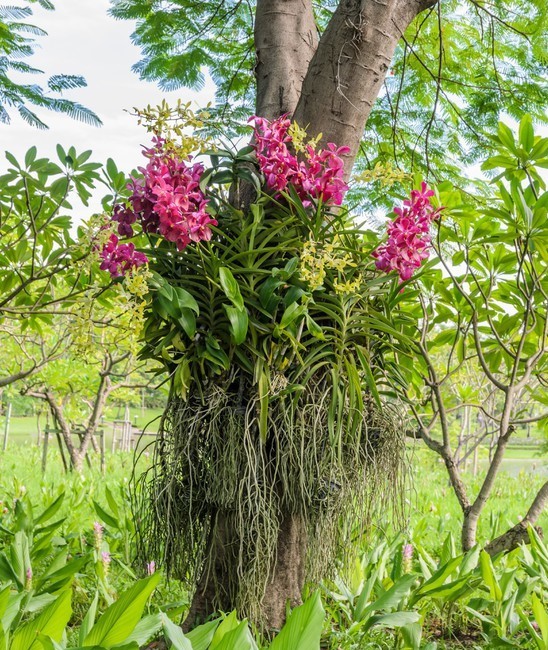
Unusual Growth Habit
Of the Vanda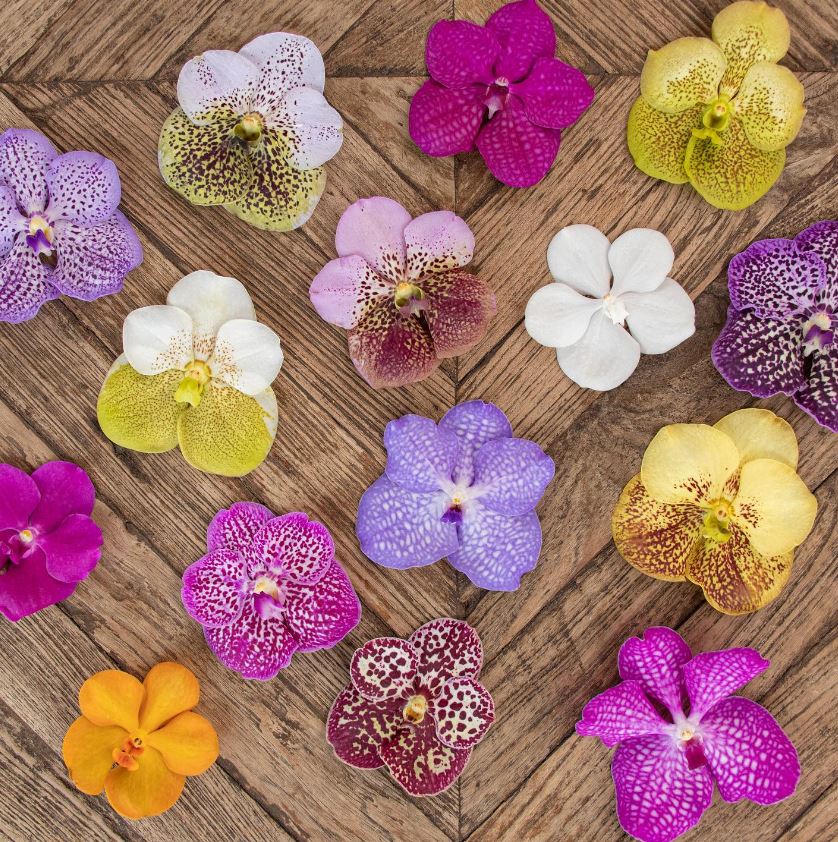
Extravagant colours
for the orchid
Place the plant in a bright spot where it is not in direct sunlight. The optimum temperature is 17 to 28 º C. This 'air plant' does not need much water. It is best to mist a hanging Vanda two or three times a day. If the Vanda is hanging in a dry room, it’s a good idea to place the plant in a bucket of water for half an hour twice a week. The roots will then suck themselves full with water. The air indoors can be drier in summer and winter. You should then spray the smallest buds so they don't dry out.
A Vanda in a vase needs watering once or twice a week. Fill the vase with water until the roots are submerged. It is thereby important to ensure that no water gets on the leaves. Empty the vase after 20 to 30 minutes. The roots are saturated when no more air bubbles appear.
You can tell by the roots of the Vanda if they have had enough water. Gray roots are dry and need water. When the roots have filled up with water, they turn green.
.webp)
Vanda uses
The Vanda looks great in a vase, with its decorative roots clearly visible. The roots become attached to the glass at some point. The Vanda can also be hung from the ceiling without using a root ball or potting soil! Loose on a hook or suspended from a chandelier, the Vanda steals the show. We are also increasingly seeing the Vanda in a terracotta hanging pot with holes. The Vanda's roots have plenty of room to dangle through the holes. It also looks super cute!
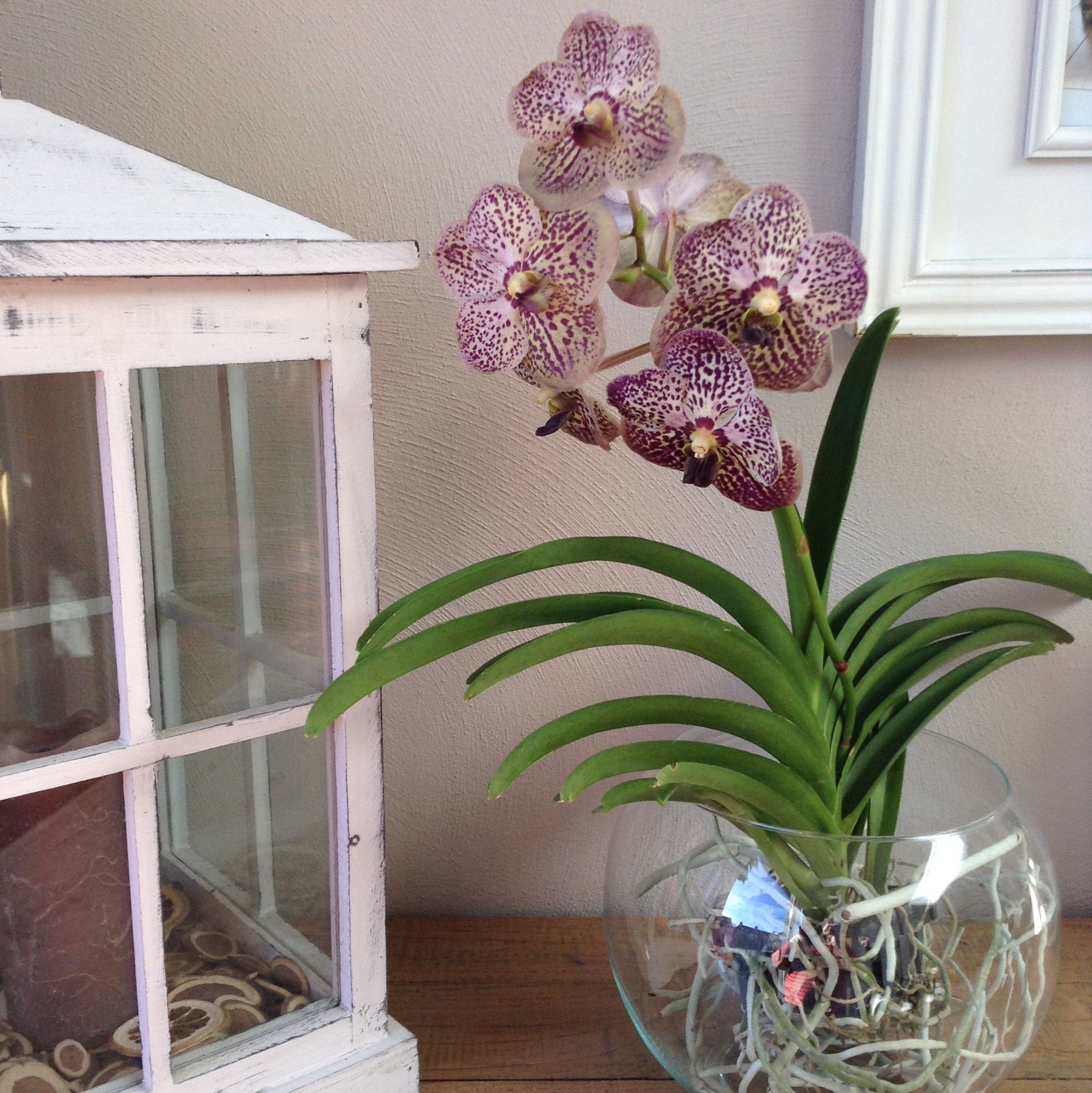
.webp)
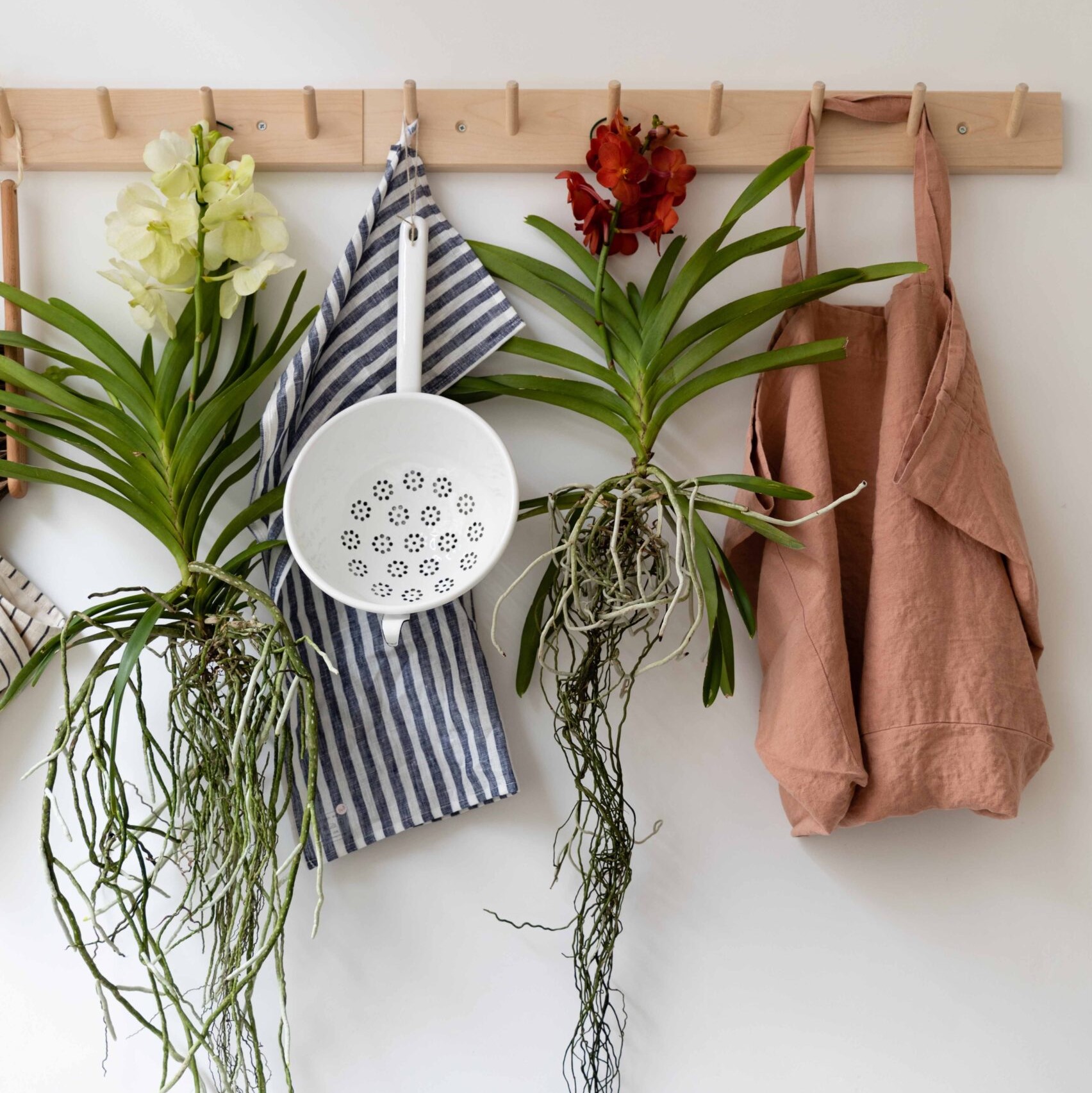
-(1).jpg)
Ansu Vanda
Ansu: the exclusive grower of the Vanda
Plants in Focus
Let yourself be surprised
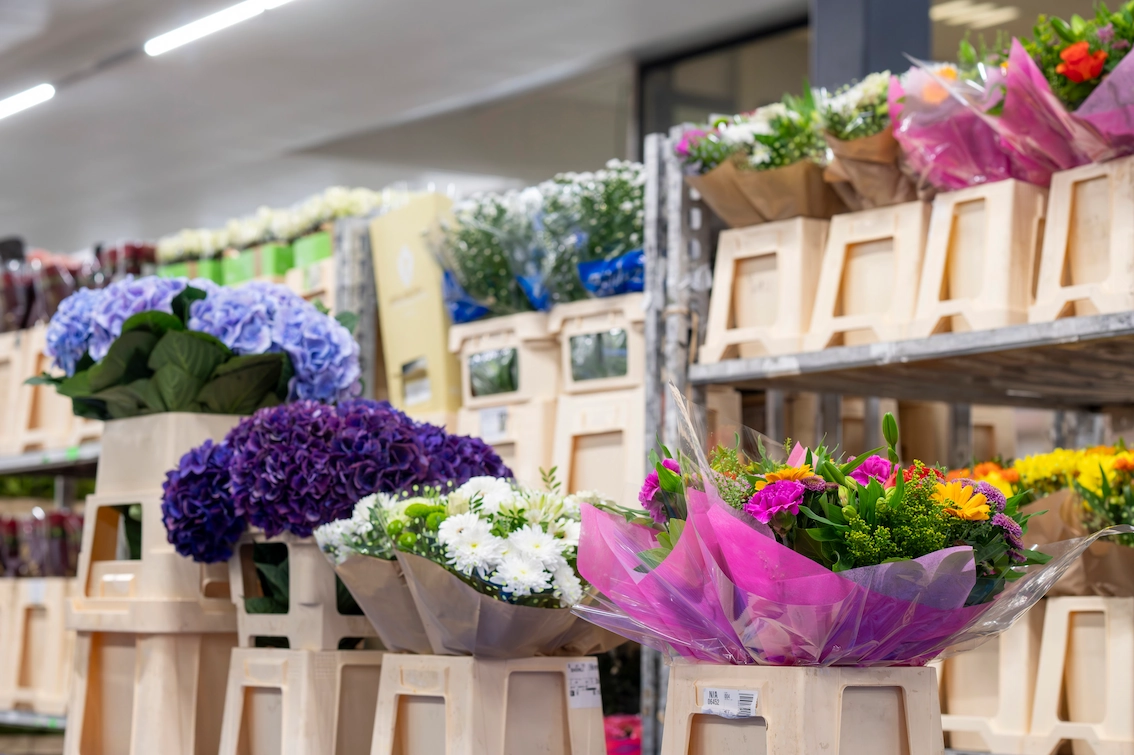

-(1).webp)
.webp)
